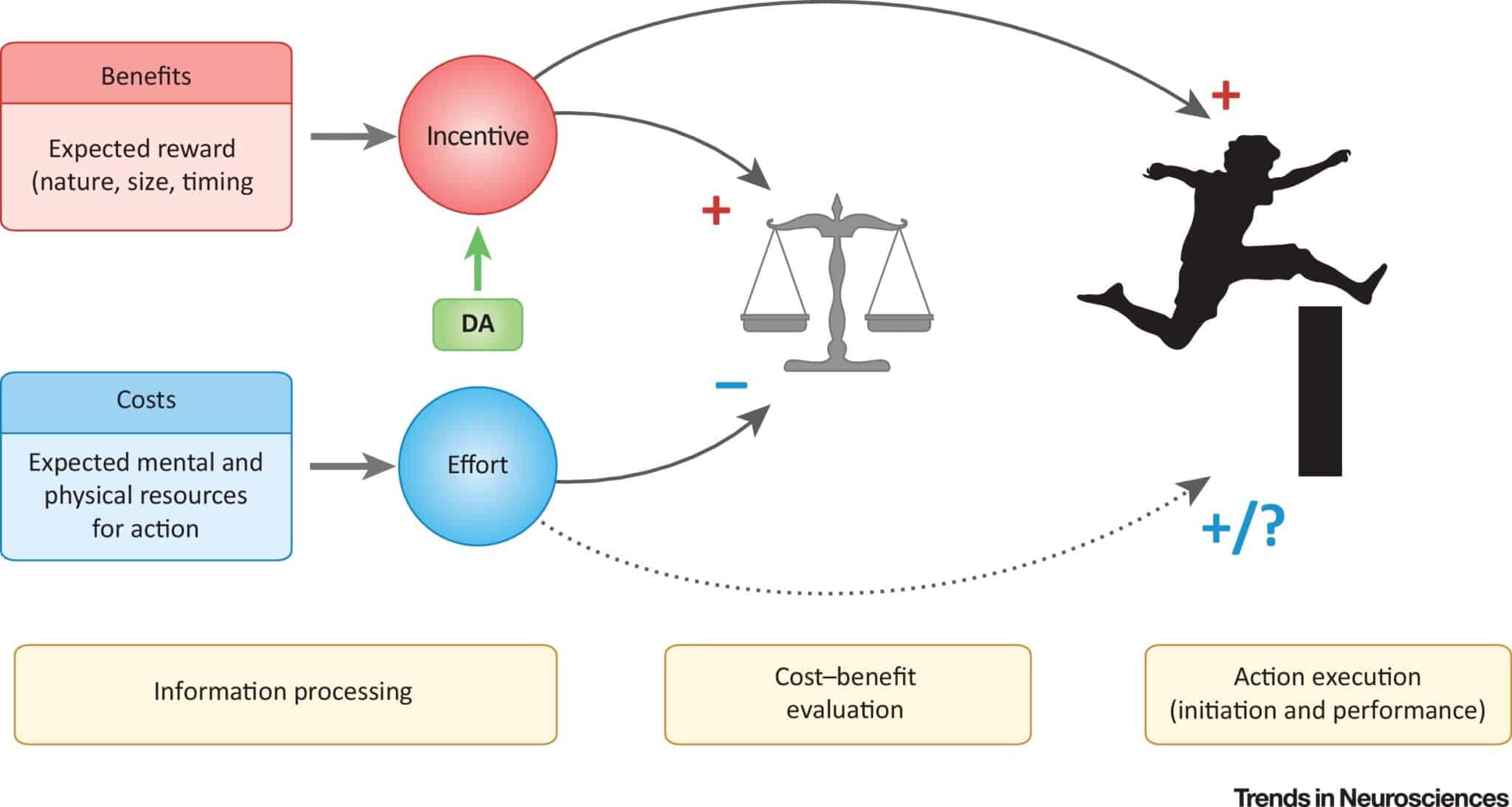Organizations are constantly seeking innovative ways to engage their employees and customers. One proven strategy is the implementation of a comprehensive rewards program. However, the effectiveness of such programs hinges not just on the presence of rewards, but on the diversity and appeal of the rewards catalog itself. By offering a wide array of reward options, organizations can significantly boost participation and satisfaction. Let’s look into the psychology behind this phenomenon and explore how a diverse rewards catalog can drive engagement.
At the heart of human behavior lies the fundamental desire for autonomy and control. The ability to make choices empowers individuals, promoting a sense of ownership and involvement. When organizations provide a diverse rewards catalog, they tap into this intrinsic motivation, allowing participants to select rewards that resonate with their personal preferences and needs.
According to an article in Psychology Today, having choices makes individuals feel powerful and included.
“I can’t say that they loved cleaning the house, but if I used the point system they were much more motivated than if I just assigned them chores. They felt they had some control over their work. They had choices to make.” – Susan Weinschenk Ph.D.
By offering a variety of reward options, organizations can enhance this feeling of empowerment, leading to higher levels of participation and satisfaction.
The way choices are presented, known as decision framing, plays a crucial role in how individuals perceive and select options. The psychology of choice explores how cognitive biases, emotions, and social influences impact decision-making. For instance, the framing effect suggests that people react differently to choices depending on how they are presented. A well-structured rewards catalog that considers these psychological factors can guide individuals toward making selections that are both satisfying and aligned with organizational goals.
This article highlights the importance of understanding these psychological tendencies to develop approaches that mitigate biases and encourage more informed and objective decision-making. By strategically framing reward options, organizations can enhance the decision-making experience, leading to greater engagement.
While the power of choice seems simple – the more choices you have the more satisfied you are – this is not always the case. Without strategic framing, too many choices can lead to dissatisfaction.
“The culture of abundance robs us of satisfaction” – Psychologist Barry Schwartz, The Paradox of Choice
This article discusses the negative effects of too many choices.

When there are too many options we naturally begin to overanalyze and start feeling overwhelmed with the decision, which prolongs the experience leading to frustration and stress.
After making a decision it is common to think, “what if?” This question immediately introduces subtle regrets that subtract from the initial satisfaction.
When too many choices are present it can feel like responsibility is being deflected. This is a unique situation when given options as well as pros and cons and having to make the final choice with no further assistance.
While extrinsic rewards like gift cards and merchandise are tangible incentives, intrinsic rewards—those that fulfill internal desires such as personal growth, recognition, and a sense of accomplishment—play a significant role in motivation. A study published by Frontiers in Psychology examined the impact of intrinsic rewards on employee performance, revealing that such rewards positively influence motivation, which in turn enhances performance.
It goes beyond employees. By incorporating rewards that offer intrinsic value, such as opportunities for professional development, charity donations, or referral programs, organizations can obtain deeper engagement. When individuals perceive that their efforts lead to personally meaningful rewards, their commitment and satisfaction are likely to increase.
The relationship between effort and reward is complex and influenced by individual perceptions of the value of rewards relative to the effort required to obtain them. The choice-execution model of effort-based decisions suggests that individuals assess whether the anticipated reward justifies the effort. A diverse rewards catalog allows participants to choose rewards they deem worth their effort, thereby enhancing motivation and engagement.
By offering a range of rewards that cater to different effort-reward valuations, organizations can appeal to a broader audience and encourage sustained participation.

The incentive theory of motivation posits that behavior is driven by a desire for external rewards. More specifically, people are pulled toward behaviors that lead to positive incentives and pushed away from behaviors associated with negative consequences. This theory underscores the importance of offering attractive rewards to motivate desired behaviors.
An article from Verywell Mind explains that understanding how incentive theory works can help organizations design effective reward programs. By providing a diverse and appealing rewards catalog, organizations can leverage this theory to drive engagement and achieve desired outcomes.
To harness the benefits of a diverse rewards catalog, organizations should consider the following strategies:
Conduct surveys or focus groups to identify the preferences and values of your target participants. This insight will inform the selection of rewards that are genuinely appealing.
Incorporate both extrinsic and intrinsic rewards. While tangible items and monetary incentives are important, also consider offering experiences, professional development opportunities, and referral programs.
The rewards need to be obtainable. If the task or goal seems unachievable, then participants are less likely to participate.
Ensure that the rewards catalog is presented in a user-friendly manner, with clear descriptions and transparent criteria for earning rewards. Effective communication can enhance the decision-making experience and reduce potential frustration.
Regularly assess the effectiveness of the rewards program through feedback and performance metrics. Be prepared to adapt the catalog to evolving preferences and organizational goals.
A diverse rewards catalog is more than just a collection of incentives; it is a strategic tool that leverages the psychology of choice to boost engagement and satisfaction. By understanding the underlying psychological principles and thoughtfully implementing a variety of reward options, organizations can create programs that not only motivate but also empower individuals. In doing so, they promote a culture of appreciation and achievement that benefits both the organization and its members.
To learn more about our global catalog with 2M+ reward options, contact us.
Online Rewards is a full-service software agency delivering versatile, powerful rewards solutions to clients worldwide. Since 2002, we’ve designed, developed, and supported impactful rewards and incentive programs across diverse industries and applications.